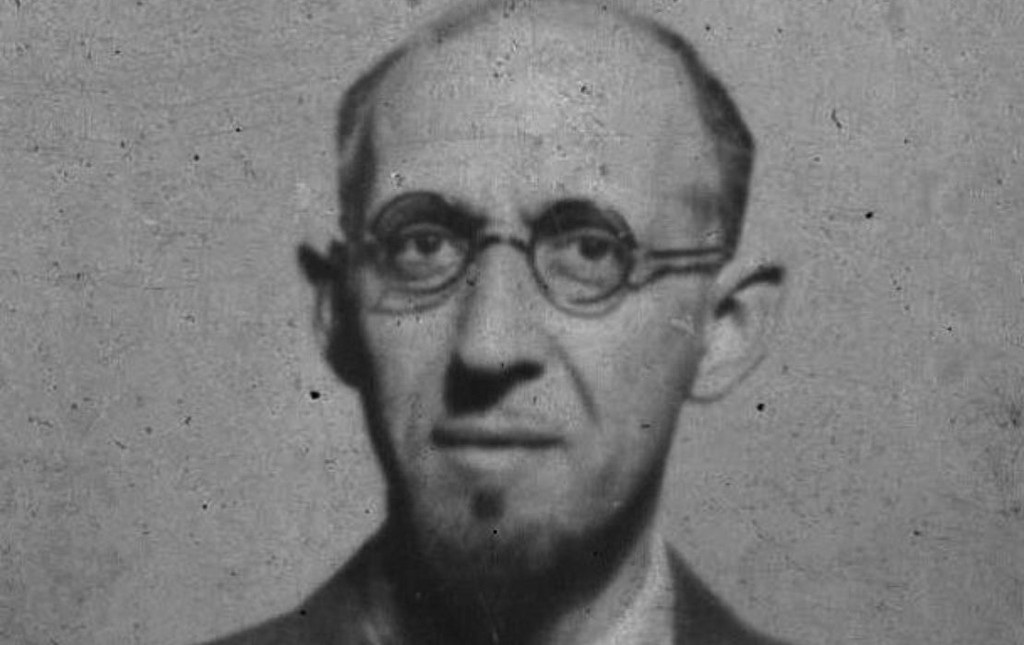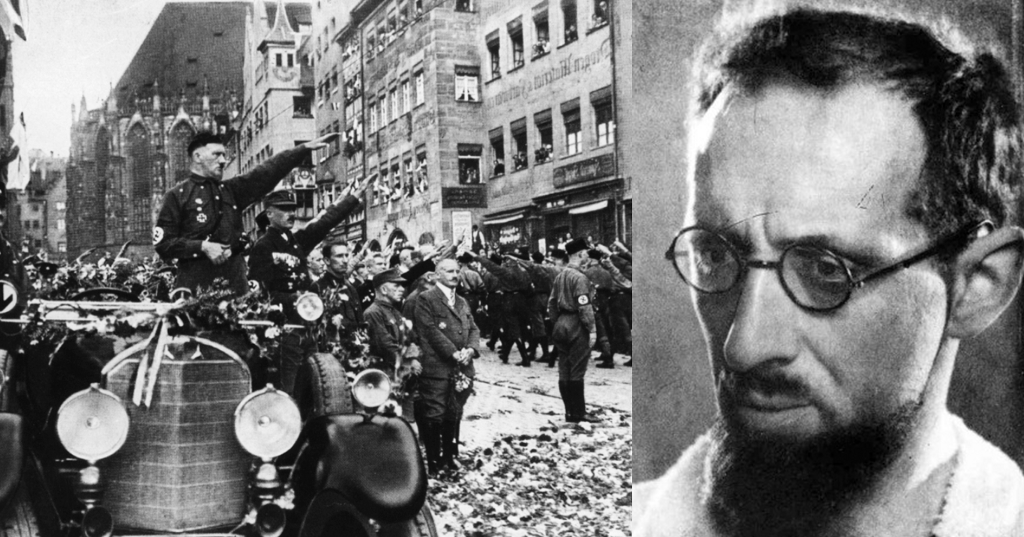The Mad Scientist Who Fought The Nazis With Public Opinion Polls
by k._thor_jensen, 8 years ago |
4 min read
What he discovered could have ended the war.
The 21st century has created a new species of celebrity — people who get famous overnight by going viral, then spend the rest of their days clinging desperately to the limelight. Think Chewbacca Mom, or Ken Bone. But the spectacle of overnight fame isn’t actually a new thing, and one English inventor rode his 15 minutes to some seriously weird places. Geoffrey Pyke dropped out of law school during World War I to become a war correspondent, traveling to Berlin with a stolen passport to file dispatches about German civilian life. He was caught after just six days there and imprisoned in the Ruhleben internment camp.



✕
Do not show me this again
